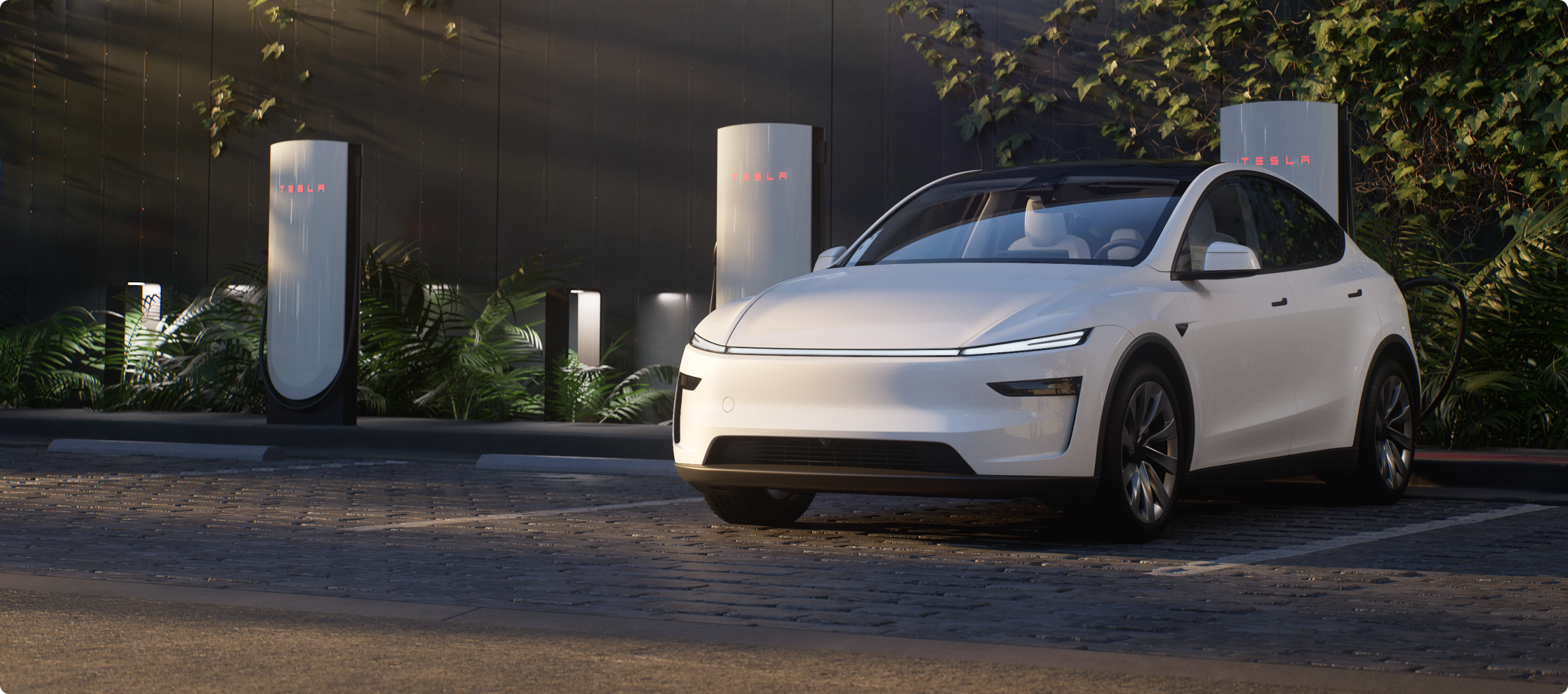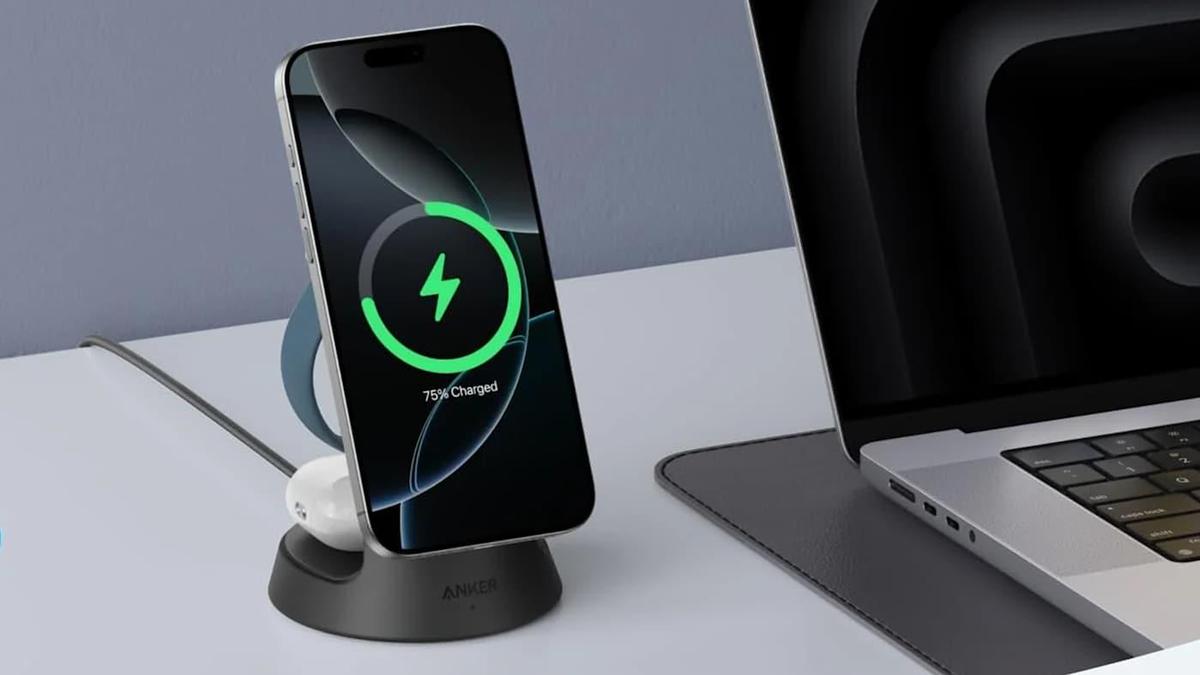Tesla’s Driverless Delivery: Robotaxi Tech or Marketing Stunt?
Tesla’s Driverless Delivery: Robotaxi Tech or Marketing Stunt?
Tesla recently orchestrated a splashy demonstration, delivering a Model Y from its factory to a customer’s apartment complex near Austin, Texas, entirely driverless. This event, touted by Elon Musk as the first “autonomous delivery,” has sparked considerable debate about the true state of Tesla’s robotaxi technology and its implications for the future of autonomous vehicles.
The Autonomous Delivery: A Closer Look
The 15-mile journey, as reported by TechCrunch and showcased in a 30-minute video, involved navigating highways, surface streets, and even a roundabout. The Model Y was supposedly equipped with the same software powering Tesla’s limited robotaxi service in Austin. However, upon delivery, the software was downgraded to the commercially available “Full Self-Driving (Supervised)” version, which requires constant driver attention and intervention.

This raises a crucial question: Was this a genuine display of autonomous capability, or a carefully orchestrated marketing stunt designed to boost Tesla’s stock price and public perception, especially given recent sales figures?
Questions and Concerns Surrounding the Demo
While the video showcases impressive navigation in real-world traffic, several questions remain unanswered:
- Pre-Mapping and Preparation: Did Tesla pre-map the route or use data from vehicles equipped with lidar and other external sensors to prepare for this specific drive? This is crucial, given Tesla’s past history of misleading autonomous driving demonstrations.
- Repeatability and Reliability: Can Tesla’s software reliably navigate this route hundreds or thousands of times without intervention, either in-car or remotely? A single successful run doesn’t guarantee the technology’s robustness.
- Scalability: How does this single delivery translate to a scalable robotaxi service capable of operating safely and efficiently in diverse environments?
These questions highlight the difference between a controlled demonstration and a truly reliable and scalable autonomous driving system.
Echoes of the Past: A History of Ambiguity
This event evokes memories of Tesla’s 2016 video showcasing a supposedly self-driving car navigating the Bay Area. It was later revealed that the route was pre-mapped and attempted multiple times before the final, seemingly effortless demonstration. Tesla engineer Ashok Elluswamy admitted that the video’s intent was to portray what was possible to build, not an accurate representation of what was available to customers at the time.
This historical context casts a shadow on the current demonstration, prompting skepticism and a demand for greater transparency.
Tesla vs. the Competition: Who’s Leading the Autonomous Race?
While Tesla’s driverless delivery is noteworthy, it’s important to acknowledge that other companies are also making significant strides in autonomous driving technology. Waymo, for example, has been testing its vehicles on highways in various cities, and Zoox has demonstrated driverless rides on a mix of roads in Las Vegas. Each company utilizes different approaches and technologies, making it difficult to definitively declare a winner in the autonomous race.
The Regulatory Landscape: A Critical Factor
It’s also important to consider the regulatory landscape surrounding autonomous vehicles. Different states and countries have varying regulations, which can significantly impact the deployment and operation of robotaxi services. This evolving regulatory environment adds another layer of complexity to the development and commercialization of autonomous driving technology.
The Future of Robotaxis: Predictions and Potential
Despite the lingering questions and challenges, the potential of robotaxis is undeniable. They promise increased safety, reduced traffic congestion, and greater accessibility to transportation for individuals who cannot drive. However, realizing this potential requires overcoming significant technological, regulatory, and societal hurdles.
Here are some predictions for the future of robotaxis:
- Gradual Adoption: Widespread adoption will be gradual, starting with limited deployments in controlled environments.
- Hybrid Models: Early robotaxi services may incorporate human oversight or remote assistance to ensure safety and reliability.
- Focus on Safety: Safety will remain the paramount concern, driving technological advancements and regulatory frameworks.
Actionable Takeaway: Stay informed about the latest developments in autonomous driving technology and advocate for responsible regulation that prioritizes safety and innovation.
FAQ About Autonomous Delivery & Robotaxis
Q: What is the difference between Tesla’s “Full Self-Driving (Supervised)” and true autonomous driving? A: “Full Self-Driving (Supervised)” requires constant driver attention and intervention, while true autonomous driving implies the vehicle can operate without any human input.
Q: Are robotaxis safe? A: The safety of robotaxis is still under evaluation. While they have the potential to reduce accidents caused by human error, they also present new safety challenges that need to be addressed.
Q: When will robotaxis be widely available? A: The timeline for widespread robotaxi availability is uncertain, but most experts predict it will take several years to overcome the remaining technological, regulatory, and societal hurdles.
Q: What are the benefits of robotaxis? A: Potential benefits include increased safety, reduced traffic congestion, greater accessibility to transportation, and lower transportation costs.
Q: What are the challenges of deploying robotaxis? A: Key challenges include technological limitations, regulatory uncertainties, public acceptance, and ethical considerations.
Key Takeaways
- Tesla’s driverless delivery was a notable demonstration, but questions remain about its true autonomous capabilities.
- The event highlights the difference between controlled demonstrations and reliable, scalable autonomous driving systems.
- The autonomous race is ongoing, with multiple companies making significant strides.
- The future of robotaxis hinges on overcoming technological, regulatory, and societal hurdles.
- The technology is promising, but it requires careful development and responsible regulation to ensure safety and maximize its benefits.
This event serves as a reminder that the path to fully autonomous vehicles is complex and requires ongoing innovation, rigorous testing, and transparent communication.
Source: TechCrunch



